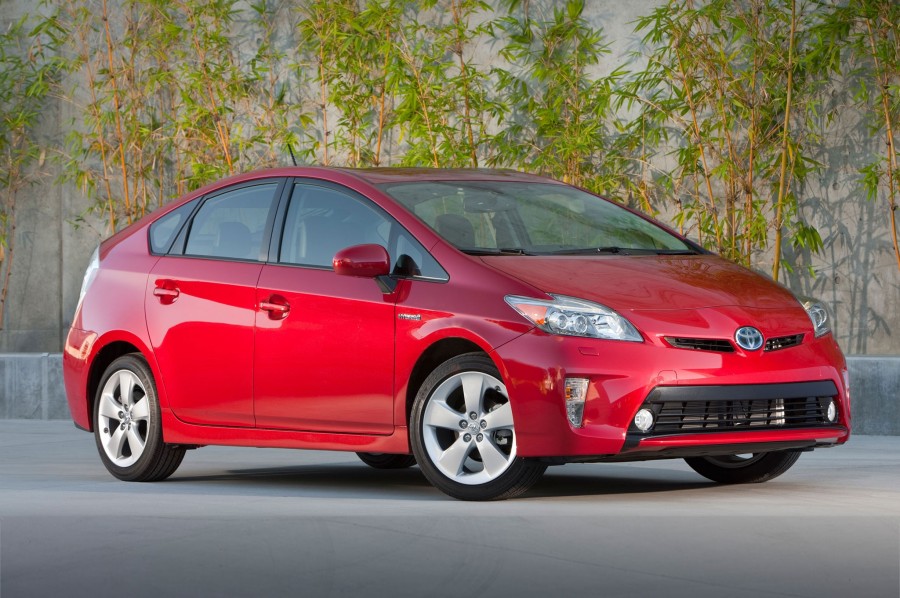Toyota Prius 2014 Review

Quite possibly the most popular hybrid car in the world, the Toyota Prius has reached its third generation. Having a slightly redesigned exterior, a more powerful propulsion unit and an even smaller carbon footprint than before, it’s still the car to go for if you fancy having an eco-friendly image. While being a hybrid automobile […]
BMW i8 Review
The BMW i8 is here to change the way that you think about fuel efficiency while you’re on the road. Imagine being able to find a vehicle that had a beautiful body, an engine that roared and made you giddy when you drove it, and has great fuel economy. Now, think of most sports cars […]
